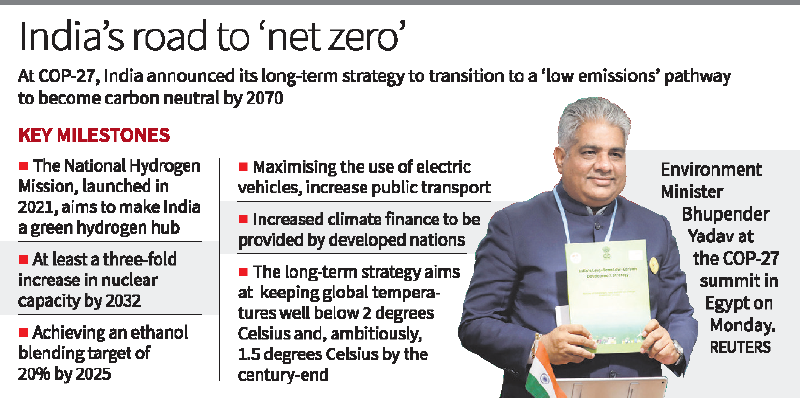Sea Vigil-22
The third edition of the ‘pan-India’ coastal defence Exercise ‘Sea Vigil-22’ is conducted by the Indian Navy.
Theatre Level Readiness Operational Exercise (TROPEX) is an inter-service military exercise conducted every two years.
A G7-led plan called Global Shield was launched at the U.N. COP27 summit held at Egypt.
Pakistan will be among the first recipients of funding from the G7 ‘Global Shield’ initiative.
French President announced the end of the decade-long military Operation Barkhane in Africa.
A recent birding drive Tokhü Emong Bird Count (TEBC) was organised in Nagaland has documented a total of 178 bird species in the state.
Nagaland is a State with diverse festivals and diverse birdlife and is known as the ‘Falcon Capital of the World’.
Lotha is a Naga community dominatingly found in Wokha district of Nagaland.
At the 27th UN Conference of Parties (COP27) in Egypt’s Sharm el-Sheikh, India submits long-term low emission development strategy to the United Nations Framework Convention on Climate Change (UNFCCC).

Reference